Icon & Illustration Projects
A collection of projects showing icon design, brandmark case studies and illustration![]()
I have drawn a lot of turkeys. And I’m not quite tired of them. I started the illustration part of my business on a Thanksgiving weekend several years ago. I nailed a Hallmark turkey plate to the wall and told myself I had to have 100 ink drawings of The Bird by Monday. They didn’t all necessarily have to look like turkeys, but they had to feel like turkeys, or at least how turkeys might feel if anybody had bothered to set up a Facebook page where they could update their status.
My Thanksgiving opus led to a job drawing basset hounds, then eagles, then bunnies. There are a lot of ways to sacrifice yourself for a national holiday. I personally am happy to lock myself in a room any 4th Thursday in November and draw until Monday. Above top, a two-turkey style face-off between The Jackson Pollack Memorial Turkey and The ChartHouse Restaurant Thanksgiving Menu Turkey. The series of icons became a promotional postcard, a style essay between Hallmark and the inner essence of The Sacrificial Bird.
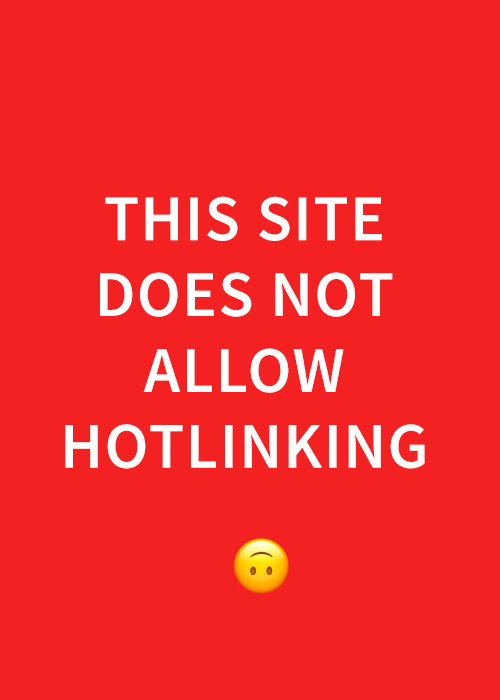
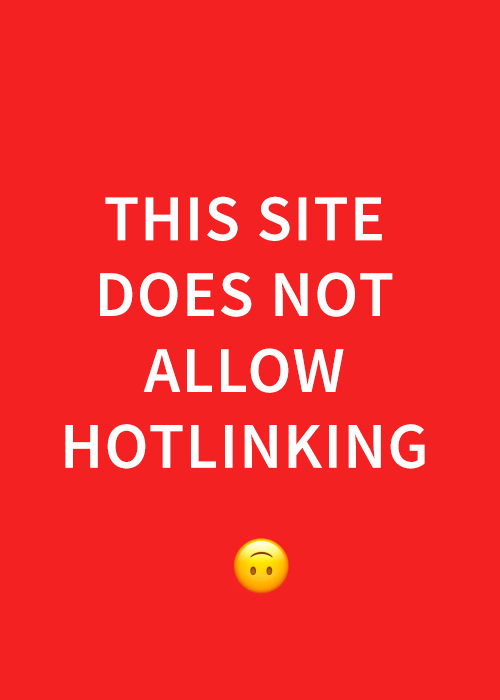
Two very different styles of illustration and expressive lettering for the same client. Harley Davidson commissioned a series of designs for t-shirts for women and for men. I tried a wide range of styles from ultra feminine to raw.
![]()
Working with a design agency I developed a custom script and logo series for Trus Joist MacMillan. As the company is involved with forestry and building materials both the forest and structure were brought together in the symbol. Part of the icon process is shown above.
![]()
Spot icons for Reader’s Digest DIY book “Homemade.” I used the Organica style of pen and ink for this series.
![]()
I have had many requests for symbols that incorporate music. These are some of the variations on the treble clef I have presented for various projects, including logos for a music school and a winery.
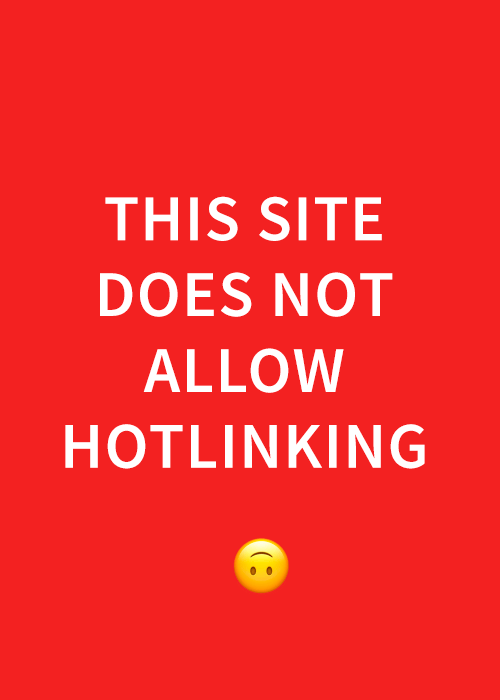
This series explores brandmark development for a new book imprint for Simon & Schuster with the initials “EB.” The editor of this imprint had a strong sense of style and taste, and the first project briefs suggested using her initials to express her personality and distinction. Other concepts included pictorializing the act of editing itself by suggesting classic tools of marking up manuscripts. I favored the symmetry of the letters in the editor’s name, which mirrored each other and could become an abstracted butterfly.
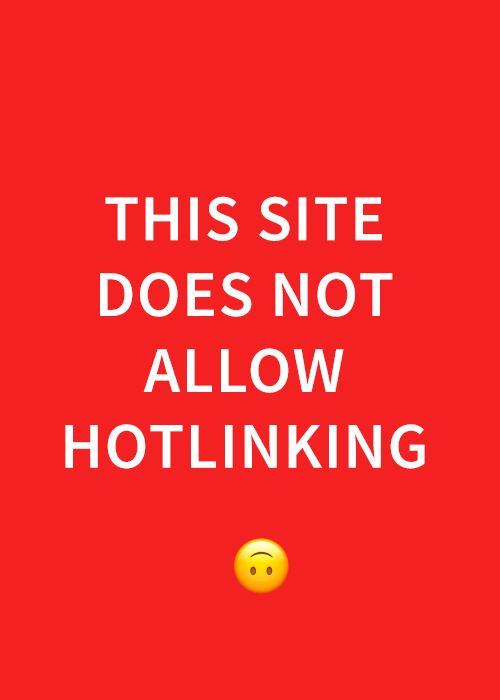
A brandmark project for Gallery Books, an imprint of Simon & Schuster. Below is the process with notes on how the concept evolved. The initial brief from the publisher indicated a G sitting on a pedestal.
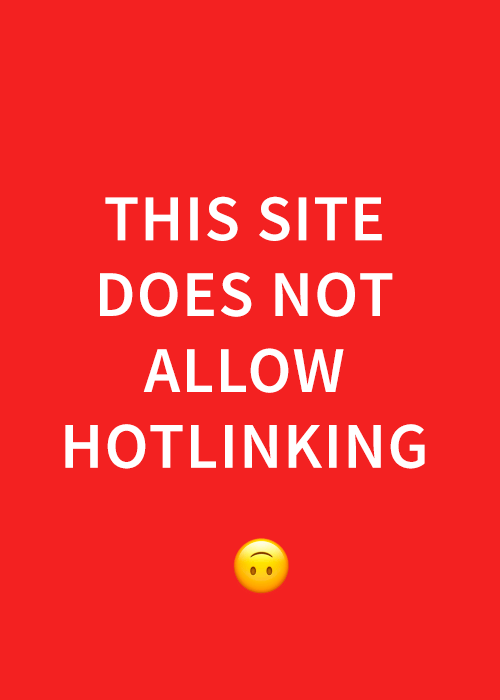
This sketch was one of my first, and shows the conceptual shift I suggested in the beginning, with the germ of what became the final logo at the far right. Calling the imprint a “gallery” suggests a formal distance between viewer and what’s on display, and the pedestal puts hierarchy front and center. These are traditional ideas that refer back to the even more formal idea of a museum, in which the viewer touching the art is discouraged. Whereas people actively engage with books, touch them and put them on their laps. My first idea was to keep the hierarchy but style it informally so it was approachable. The second idea was to integrate pedestal and letterform, and to suggest a book form in the horizontal stroke of the G.
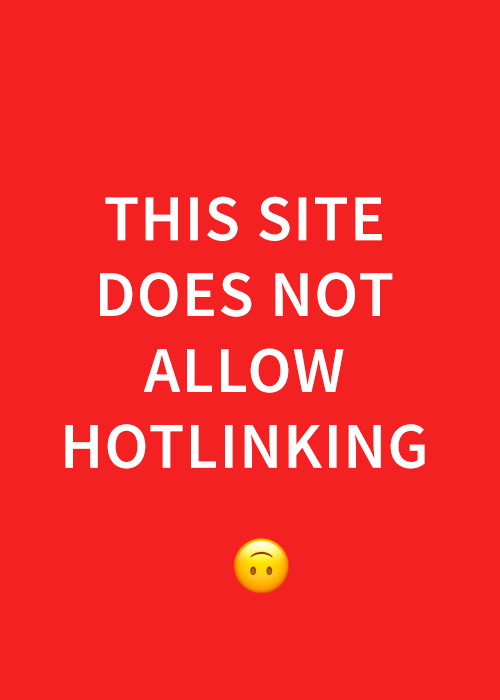
Here the pedestal is treated with extreme informality, and the G moves from an uppercase form to a lower case g that acts as a stand-in for the reader, quirky thinker-type who can sit within or break out of the “picture-frame.”
![]()
These ideas play with the book on the pedestal as an active thing. I have tested different ways of stylizing the book to suggest pages turning and inviting the reader in.
![]()
Here I began the finessing of style, the details of how the letter and the pedestal might interact. The addition of a sphere transforms the pedestal into an abstracted figure, while the simpler one keeps the emphasis on the flattened book and is more open. Several more iterations led to the final version, in which the design remains formal but is softened by a few embellishments. Imprint logos are very tricky, because they have to work equally well reversed or in positive, and very small on the spine of a book. It is not unusual for many people to be involved and for the direction to change throughout the process. Publishing remains one of the most creative and challenging fields in which to work.
Designing Brandmarks and Icons with a Human Touch
These days people associate icons with vector graphics used online. The forms are usually determined by their readability on the smallest i-phone. The graphics programs used to make them tend to strip out a lot of the human touch, and the result is a visual landscape filled with mediocrity and cartoons (although I do have a soft-spot for the new i-phone leaf emoticon. I leaf you, truly I do!)
My approach to icons is to start with a human-scaled brush or pen. I use real paper, ink and paint. I may vectorize artwork at the end of the process, but for discovery I invite surprise and the accidents of design through gesture. Even when the end result is a “corporate” brandmark its heart started in a different place, and I always hope that shines through in the final result. The line between “illustration” and “icon” is a fluid continuum. In the process of design I go back and forth between realism and abstraction to discover the right balance needed for the project. In some cases the more abstract the better, but in others a more literal description is what it takes to bring the image to life.
You can see more icon design and process in the brandmark collection. Or return to illustration/icons here
.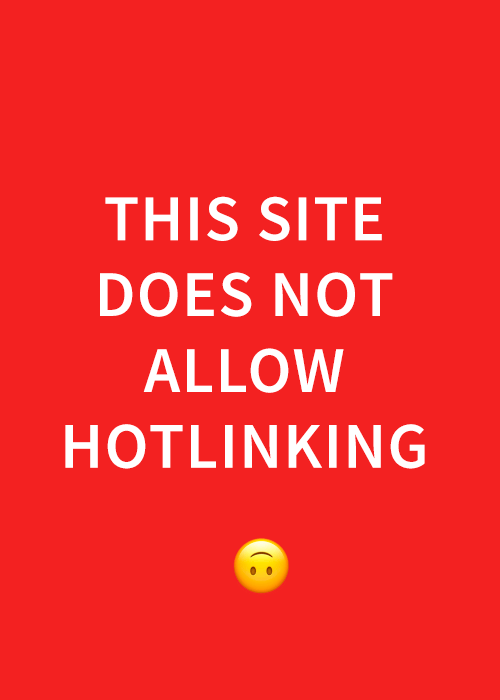
All artwork © Iskra Design